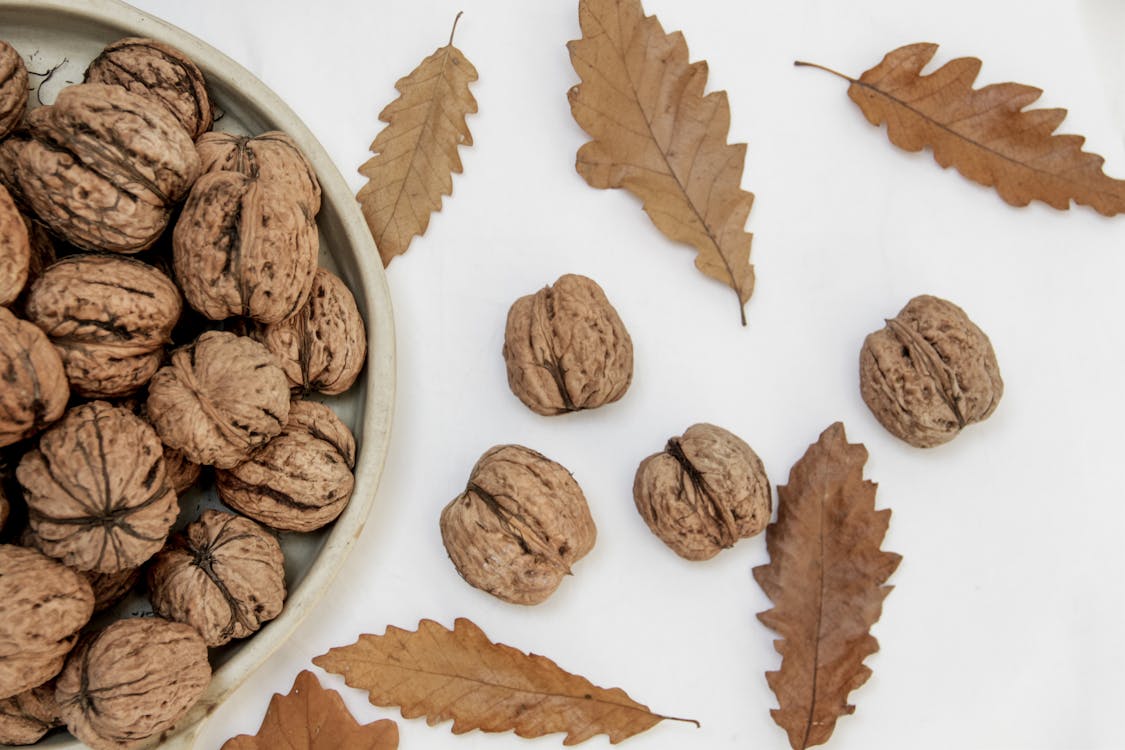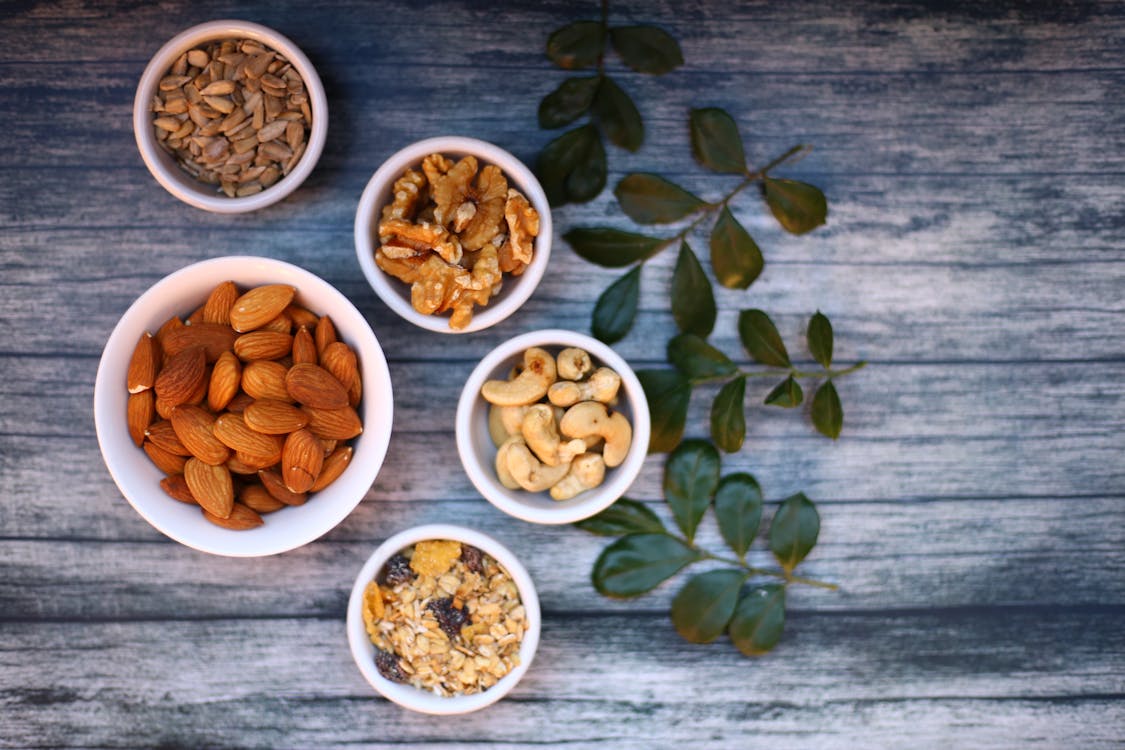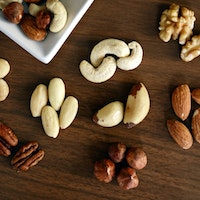Dried Foods: A Source of Nutrition and Flavor
In the world of dry foods, dry food products are plentiful and important to form the way we eat and cook. We have been living for centuries. From grains to legumes, spices to dried fruits, the world of dried food is a fascinating sight in terms of flavors, textures, and nutritional value. In this article, we’ll delve deeper into the different dry food groups, showing their importance, nutritional value, and cooking uses.

The importance of dry food
Dried foods, as the name suggests, are food that has been reduced in water by drying or natural processes. This method of storage not only extends shelf life but also extends flavor, making these foods as delicious as they are simple.
Dry food contains many ingredients, each with the potential to be effective and beneficial.
Grain: The Foundation of Life
Grain has been the basis of human life for thousands of years. From the world’s staple wheat to nutrient-dense quinoa, grains provide important carbohydrates, fiber, vitamins, and minerals.
Whole grains such as brown rice and whole wheat provide more nutritional value than refined grains because they retain the bran and germ. Rice is a versatile canvas that provides food and enjoyment for countless dishes, from risotto to dishes.
Beans: A Protein Source
Beans or legumes are another important dries foods. Lentils, chickpeas, beans, and peas are members of the protein family.

Beans are rich in plant protein, dietary fiber, and many important nutrients such as iron, potassium, and folic acid. They form the basis of dishes such as dal, hummus, and casseroles and appeal to vegetarians and vegans alike.
Spices: The Alchemy of Taste
Spices are the aromatic stars of the culinary world and add depth, complexity, and character to dishes.
Many spices come from dried herbs such as seeds, bark, or roots. From the warmth of cinnamon to the scent of paprika, spices not only tickle our taste buds, they also provide health benefits. Active compounds in spices, such as curcumin in turmeric, have anti-inflammatory and antioxidant properties.
Nuts and Dried Fruit: A Blessing of Nature
Nuts, dried foods, and fruits are loved for their convenience, taste, and nutritiousness. Peanuts provide healthy fats, protein, vitamins, and minerals.
Almonds, walnuts, and cashews are not only good snacks, but they also add interest to salads and desserts. Dried fruits are high in sugar but also provide fiber and micronutrients. Their sweetness and chewiness make them versatile additions to breakfast dishes, baked goods, and dried fruit.
Kitchen Apps and More
Dry Foods are kitchen chameleons that turn ordinary ingredients into extraordinary meals. They form the basis of many world cuisines, from pasta dishes to Indian curries.
Dehydrated foods are a great option for quick and easy emergency meals, including items like instant oatmeal and freeze-dried backpacker meals.
Nutrition and Sustainability
The nutritional value of dried foods is remarkable. They provide an easy and cost-effective way to obtain essential nutrients and energy. Also, their long shelf life and mobility make them a good choice for disaster relief and food supply. In addition, the production and transportation of dry food may have a lower environmental impact than perishable food.
The dried foods world is a huge area that influences cooking and eating today. Grains, legumes, spices, nuts, and dried fruits are an important part of many diets and provide many health benefits. As we continue to explore and celebrate the flavor and nutritional value of dried foods, we remember their important role in our daily lives and wealth, the fabric of humanity’s culinary heritage.
Want to shop? Click here


